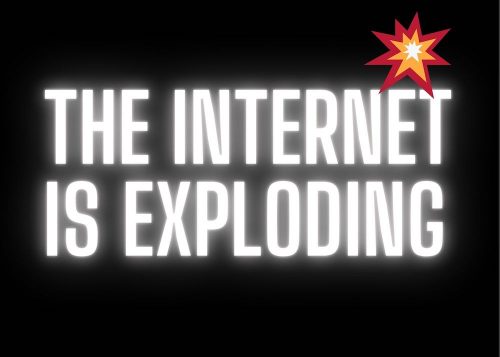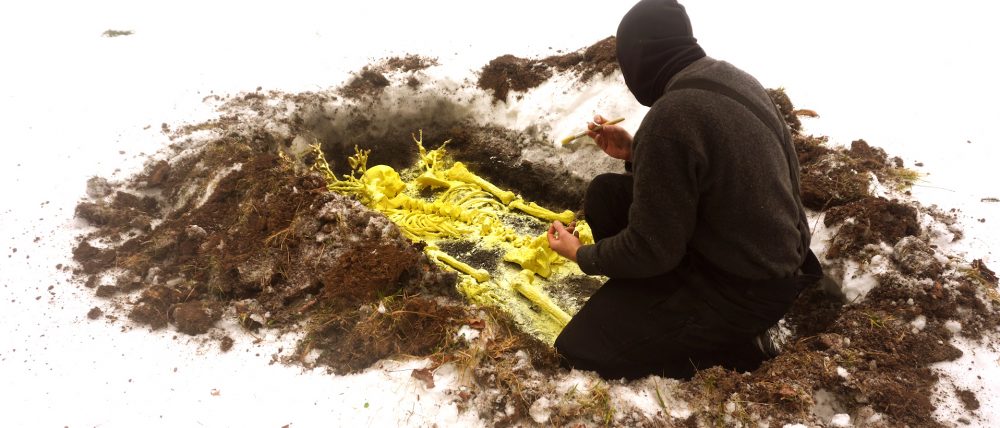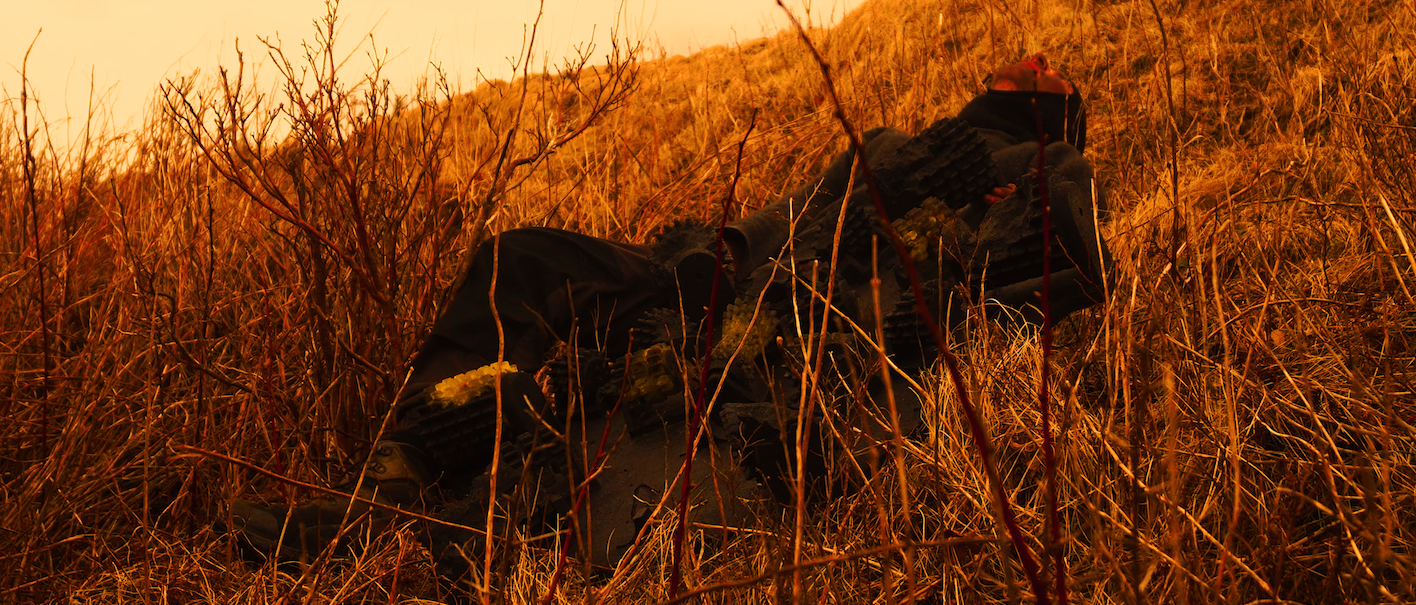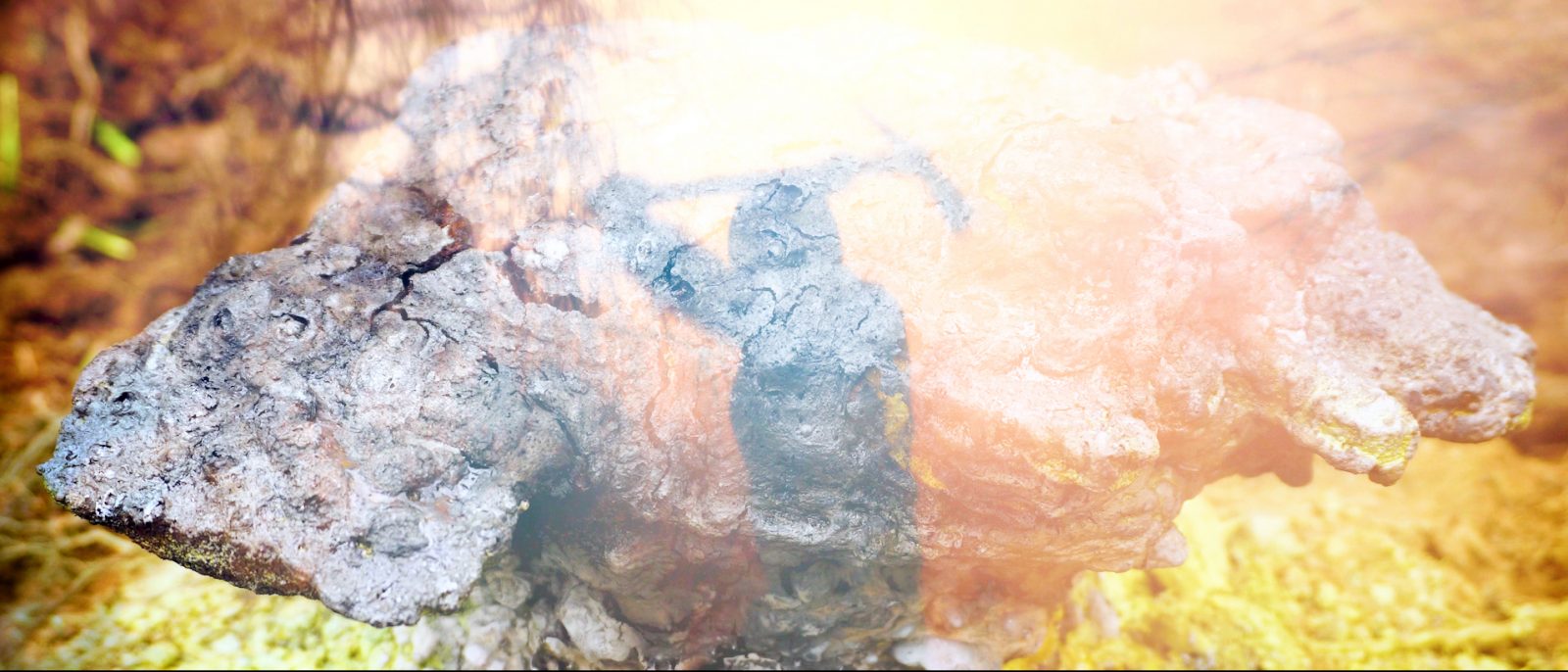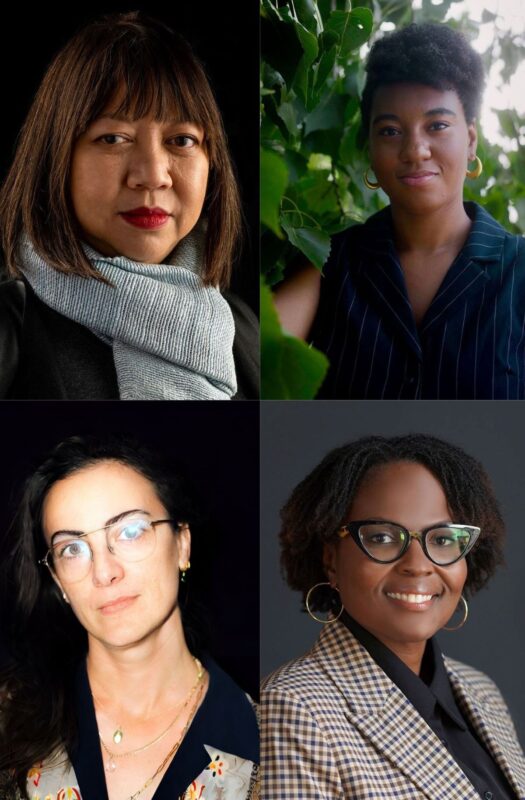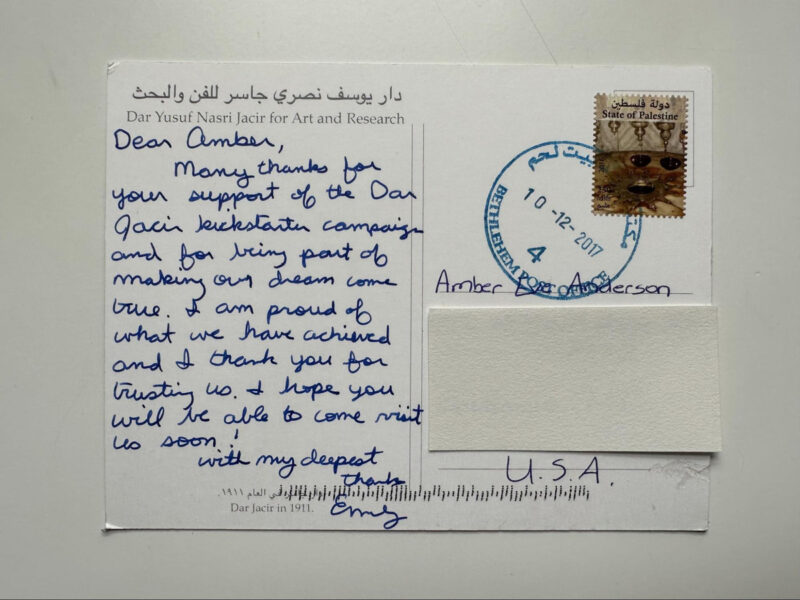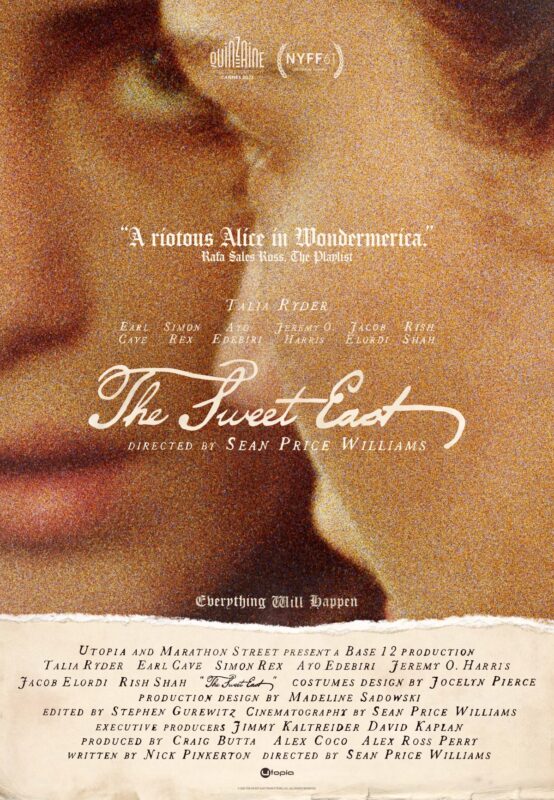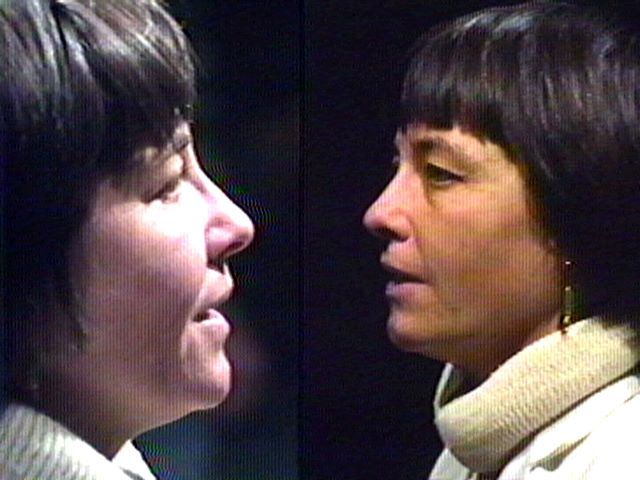The pandemic’s impact on performance art was largely devastating, driving many performers to reassess their processes and become more resourceful in their approach. When the 2020 quarantine began, Baltimore-based performance art collective Cliff Banquet had just produced its first project, Collective Dreaming. But the shutdown did not stall the collective for long, as they shifted from live performance to working in film.
As a result of that shift, Cliff Banquet debuts their musical experimental feature, Burning Stone, on June 30 at the Charles Theater in a one-night-only event, featuring handmade chocolates and a specialty cocktail from Tapas Teatro.
Comprising artists Joy Li, Tyler Brunner, Simon Li, and curator Joyce Liang, Cliff Banquet takes its name from the element of uncertainty in live performance.
“We like this feeling of danger, and we believe that in many moments during the making of art, the danger is safety,” says Joy Li, who coined the collective’s name. “Cliff Banquet became an accurate and cool description of the celebration of our practice.”

